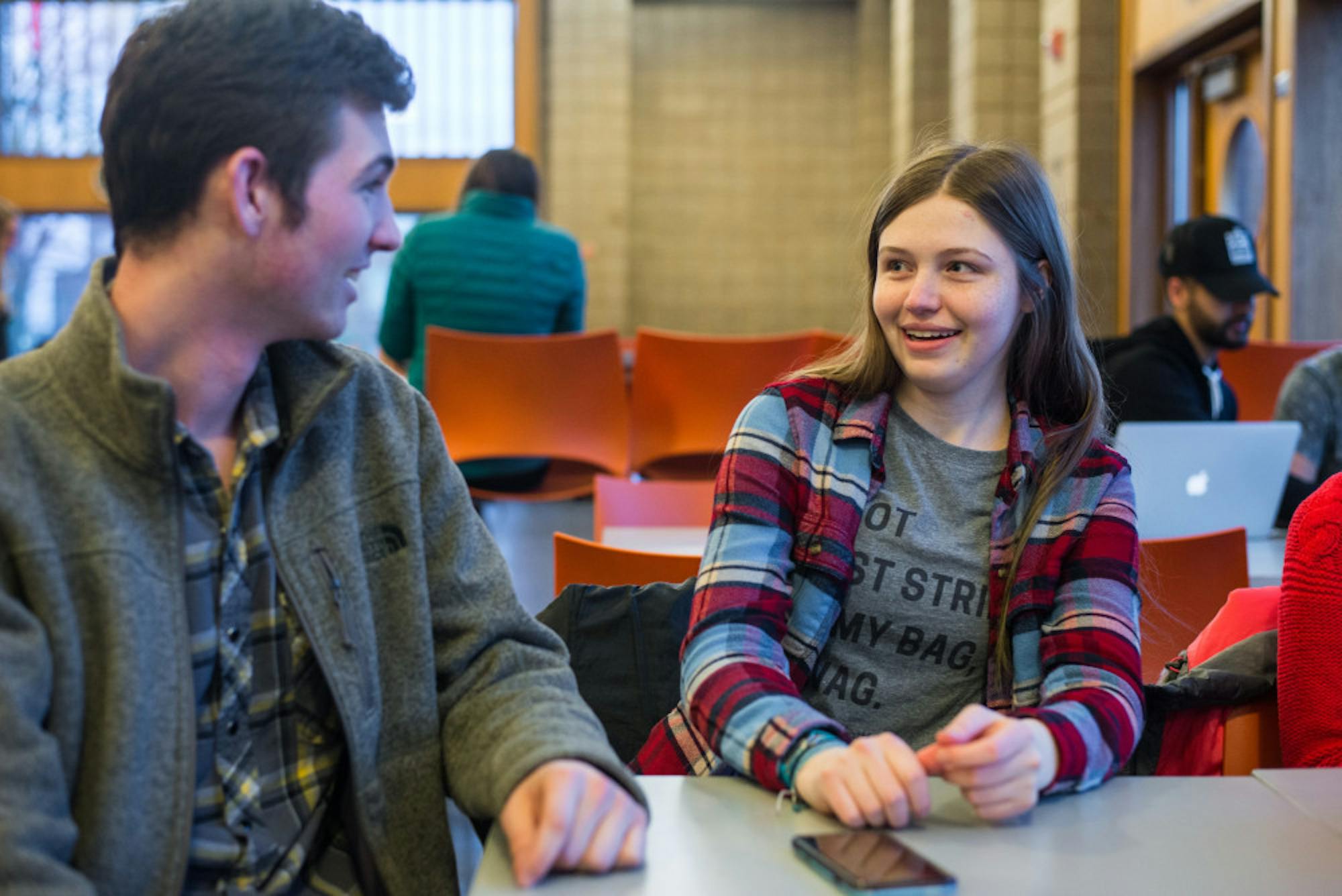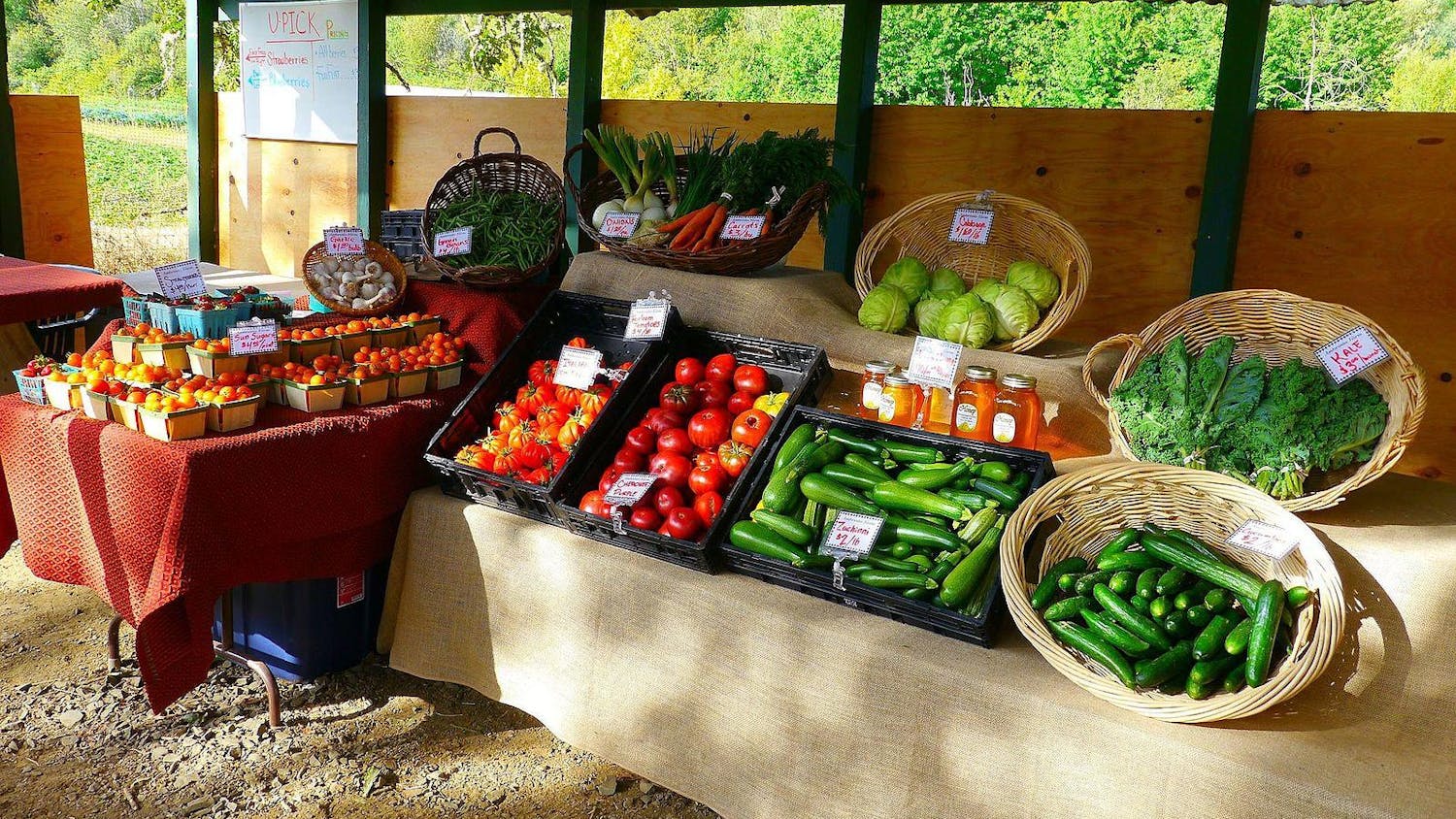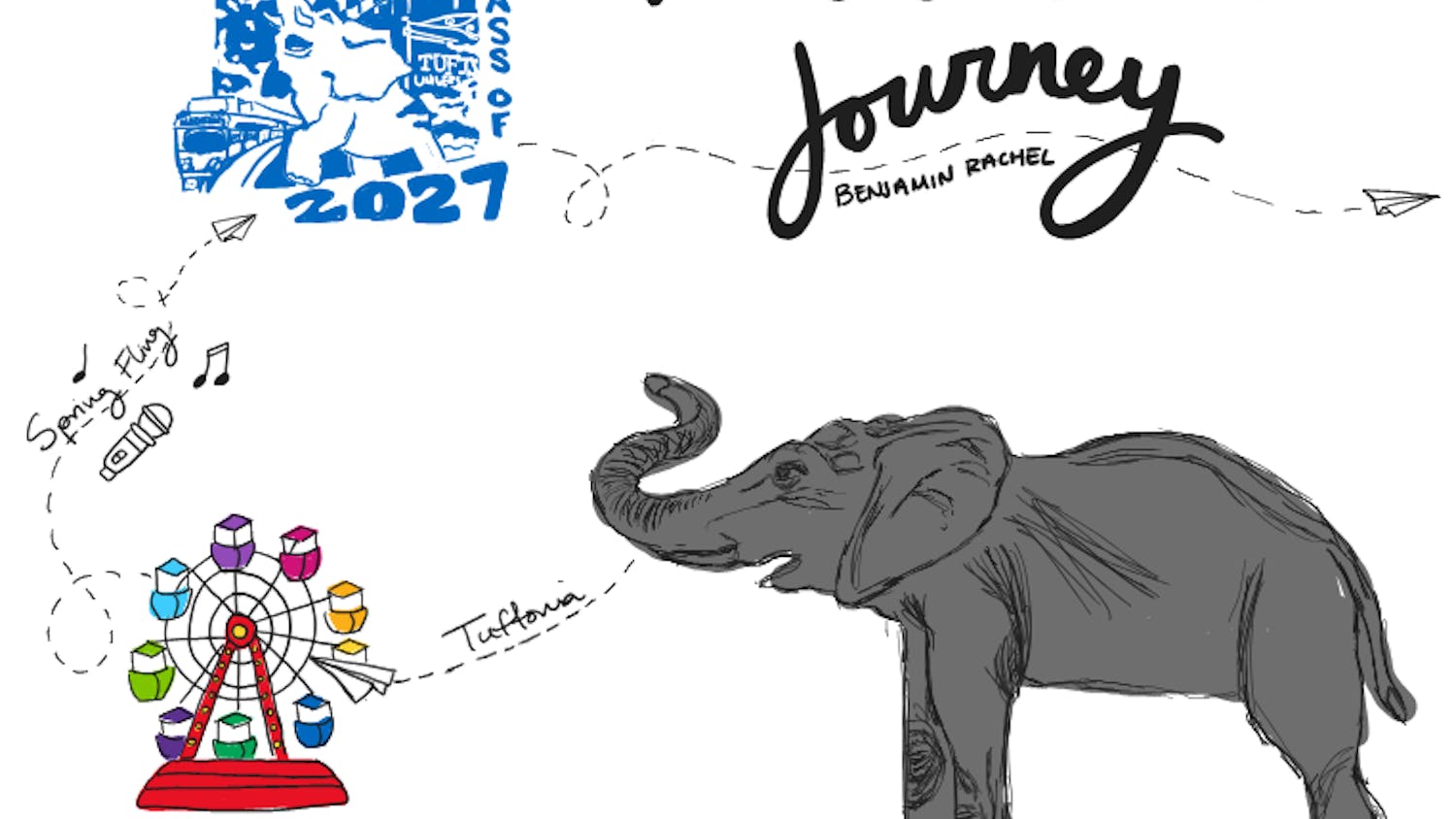While many Tufts students have a general idea of how many calories are in their favorite foods, most are unaware of the number of carbohydrates they consume throughout the day. For students living with Type 1 diabetes, however, it is a constant concern.
On March 27, Peer and Undergraduate Mentoring for People with Diabetes (PUMPD) — the Tufts chapter of the College Diabetes Network — held its first ever on-campus event in Dewick-MacPhie Dining Center. At the event, PUMPD had a series of activities for students, one of which involved correctly guessing the number of carbohydrates in a variety of foods. Many students either overestimated or underestimated the number of carbohydrates in common foods such as apples, according to members of PUMPD. Yet carbohydrate counts are something students with Type 1 diabetes must always think about before eating a meal.
Type 1 diabetes is a condition characterized by insufficient production of insulin in the pancreas. Insulin is an important hormone that regulates the amount of glucose in the blood, so people with Type 1 diabetes must get their insulin from outside sources such as injections or insulin pumps.
People with Type 1 diabetes must know how much insulin they need throughout the day, and especially at meal times, based on the amount of carbohydrates they consume, which is then broken down into glucose. Although counting carbohydrates quickly becomes second nature to many, it’s one of many challenges that comes with living with Type 1 diabetes.
According to junior Arpita Jajoo, who was diagnosed with Type 1 diabetes at age seven, there's not a single aspect of the disease that's extremely difficult to manage, but the culmination of small challenges which diabetics must handle on a daily basis makes Type 1 diabetes a difficult condition to live with.
“It’s not a big challenge, it’s just a continuous challenge, and I think that’s what makes it so frustrating," Jajoo said. “Sometimes you just want to be spontaneous, and it’s not very easy.”
Because many of the challenges of Type 1 diabetes are associated with food, diabetics must face these challenges multiple times a day, which forces the disease to become a prominent part of their lives.
"There aren't any days off. You can't take a break," senior Russell Parker said.
Jajoo added that successfully managing Type 1 diabetes involves extreme preparedness and careful planning, which can become tedious.
“I don’t leave anywhere without a bag of food and my insulin pump and my glucose monitor, and water in case I have low blood sugar and get dehydrated,” she said.
For senior Taylor Meek, who was diagnosed with Type 1 diabetes at age eight, the biggest challenge of Type 1 diabetes is the pre-bolus — the process of taking insulin prior to a meal to cover the carbohydrates consumed during the meal. However, for the pre-bolus to be successful, diabetics need to know what time they’re going to eat and how many carbs they’re going to consume.
“I need to know when I’m going to eat at least 15 minutes ahead, and then I need to figure out the carbs, and figure out what my blood sugar is then so I can correct it,” she said.
Meek shared that the stresses of the pre-bolus can make experiences such as dinners at a friend's house or meals at restaurants less enjoyable.
"We would have team dinners at people's houses, and it was frustrating not knowing what would be served," she said.
Meek explained that not knowing how much insulin she should take for the pre-bolus could result in either a high or low blood sugar — taking too much insulin in preparation for a meal can cause the blood sugar to go too low, while taking too little insulin can cause the blood sugar to spike. Both high and low blood sugar levels may lead to uncomfortable symptoms that can last for hours.
Since there is no way to avoid the challenges of Type 1 diabetes, many of the students in PUMPD have embraced the disease as a part of their identity and found a strong sense of community within the group.
"Most of my friends can’t relate at all to what I’m going through, so having this group where we can meet every other week is nice,” Parker, who was diagnosed with Type 1 diabetes as a junior in college, said.
Jajoo elaborated on the mission of PUMPD.
“We’re aimed at providing support for people with diabetes both on campus and off campus. It’s a community for diabetics on campus, sometimes to just get together and rant honestly... For people who are struggling with it on campus and to make diabetes a part of their life that’s not just a burden or hassle to deal with,” Jajoo said. "We’re also aimed at raising awareness through these educational events."
At group meetings, members of PUMPD discuss the practical aspects of living with Type 1 diabetes, such as different types of glucose monitors and insulin pumps.
“It’s so helpful to bounce questions off each other too. For example, I just started a continuous glucose monitor, and four people in the group have the monitor I switched to, so I was able to ask everyone what their experience was and get the ins and outs of it before dealing with it on my own,” Jajoo said.
Part of PUMPD’s mission is also to raise awareness and understanding of Type 1 diabetes. The group hopes to continue connecting with other CDN chapters in the Boston area and across the United States.
Meek added that in the future, PUMPD will continue to act as a support group for students with Type 1 diabetes, but the group is also hoping to expand its reach with more events similar to the one in March.
PUMPD creates community for students with Type 1 diabetes

Senior Russell Parker and first-year Nikki Ziebelman, members of PUMPD, pose for a portrait in Mayer Campus Center on April 8.





